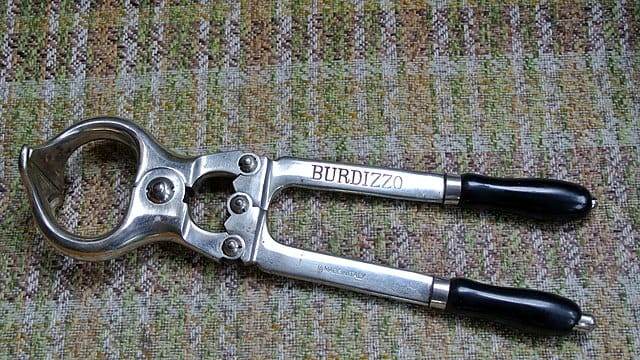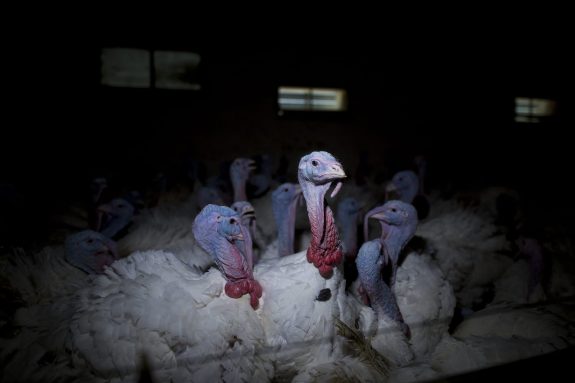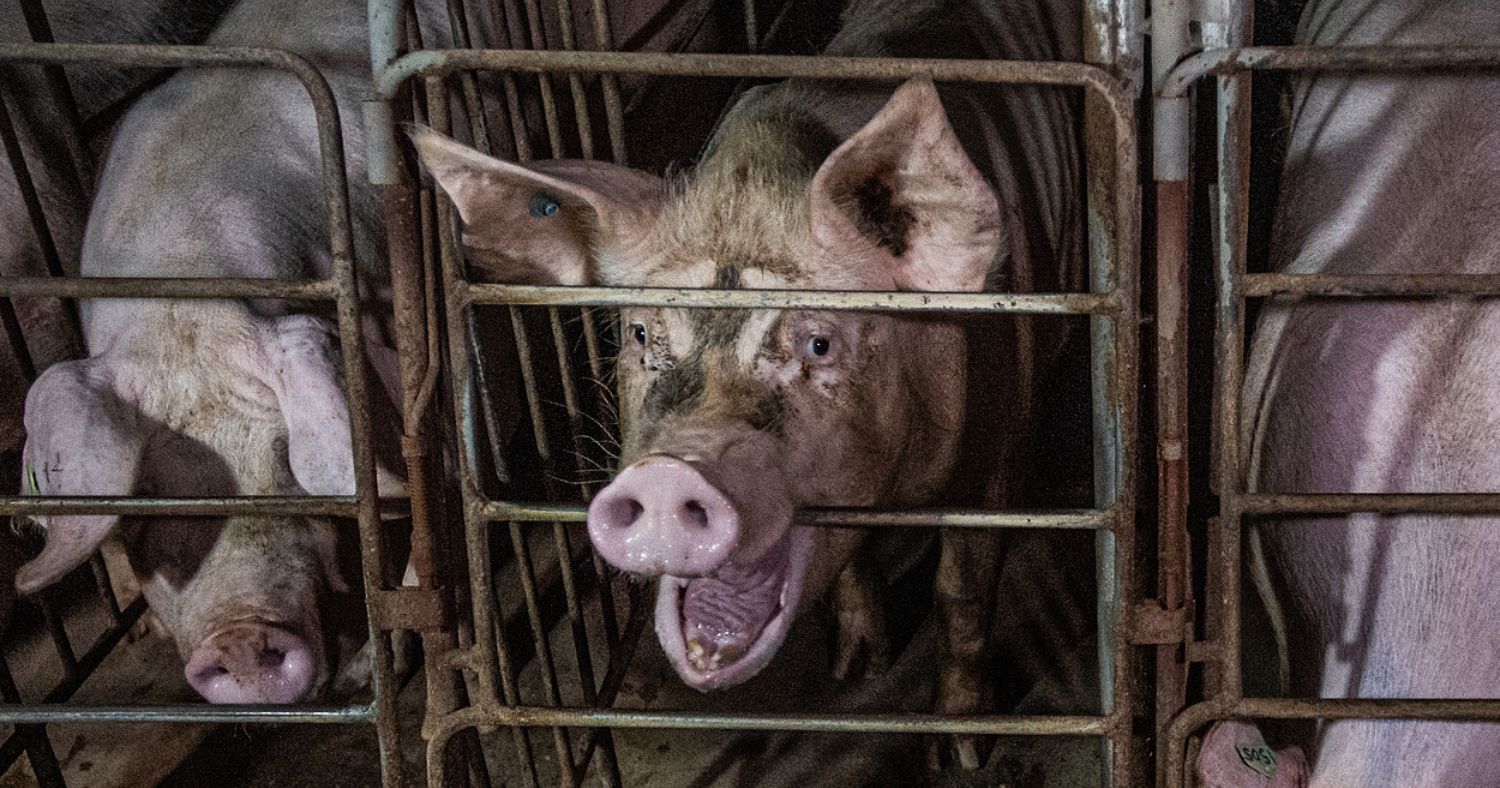Government emails obtained through an open records request reveal that turkeys were brutally killed at a Quebec turkey farm in the wake of an avian influenza (also known as bird flu) outbreak.
Animal Justice obtained emails from Canadian Food Inspection Agency (CFIA) employees that outlined the agency’s response when three barns full of turkeys were infected with avian flu. The seven-person team spent three days killing every bird on the Saint-Gabriel-de-Valcartier farm.
According to the emails, the original plan for the mass killing (euphemistically called “depopulation” by the meat industry) called for suffocating the birds with carbon dioxide gas, without requiring any humans to enter the barn. But the CFIA were unable to source a supplier for the gas, so the team used small captive bolt guns called “Zephyrs” to shoot thousands of birds in the head, one by one.
If that wasn’t bad enough, the CFIA-led team also used a castration tool called a Burdizzo to violently crush the spinal cords of the innocent birds.

What Is a Burdizzo?
The Burdizzo is a blunt, clamp-like device used to castrate larger animals like cows and sheep. It works by crushing the spermatic cords, stopping blood flow to the testes. For turkeys, it kills by crushing their neck bones and spinal cords. Even for its intended purpose, the device is known to have a high failure rate.
But as a tool for turkey euthanasia, it outright fails to adhere to industry-designed guidelines for bird euthanasia methods, which state: “crushing of the neck bones is unacceptable prior to loss of sensibility.” There’s no indication the CFIA officials knocked the birds out prior to crushing their necks with the Burdizzo, meaning the brutal killings went against industry guidelines.

Photo: RichardBH | Flickr
Animals Left to Suffer in Mass Killing Efforts
Despite the use of this unconventional and horrifying killing method, there wasn’t a single mention of measures taken to ensure the animals were, in fact, dead or unconscious. This is concerning because it could leave improperly-stunned or killed birds to suffer for minutes, hours, or even days after the attempted euthanasia.
Mass killing efforts in Canada have a history of failing to ensure the prompt deaths of their targets. Last year, Animal Justice filed a complaint with the CFIA over a whistleblower’s story of a botched chicken extermination by CFIA employees, where live birds were found suffering, buried under their dead companions days after their barns were sprayed with suffocating nitrogen foam—another horrific method of killing birds sick with avian flu.
While devastating, none of this is surprising. The same industry guidelines that suggest “humane” on-farm euthanasia methods also give farms permission to carry out mass killings by means that aren’t considered “humane” by the industry’s own standards.
Avian influenza has spread across Canada, infecting farmed birds at egg, chicken, duck, and turkey farms. It has also impacted wild native birds like Canada geese, who have been widely found dead, testing positive for avian flu. At the time of writing, over 7 million farmed birds have been killed either directly by the illness or by extermination at the hands of the CFIA. Despite these widespread mass killings, neither the CFIA nor the farming industry have shared what methods are used, leaving the public in the dark.
To make matters worse, these mass killings are funded by public dollars, and farms are compensated by the government for every bird killed. Factory farms and their cruel, crowded conditions have created the perfect breeding grounds for deadly viruses like avian flu to emerge, yet instead of restricting mass farming to address this issue, governments refuse to take action to reduce disease risk.
One of the best ways to combat avian flu is to leave turkeys, chickens, and other birds off your plate. Consider making this simple switch to help protect these birds against the cruelty of factory farming.
Banner photo: Konrad Lozinski



